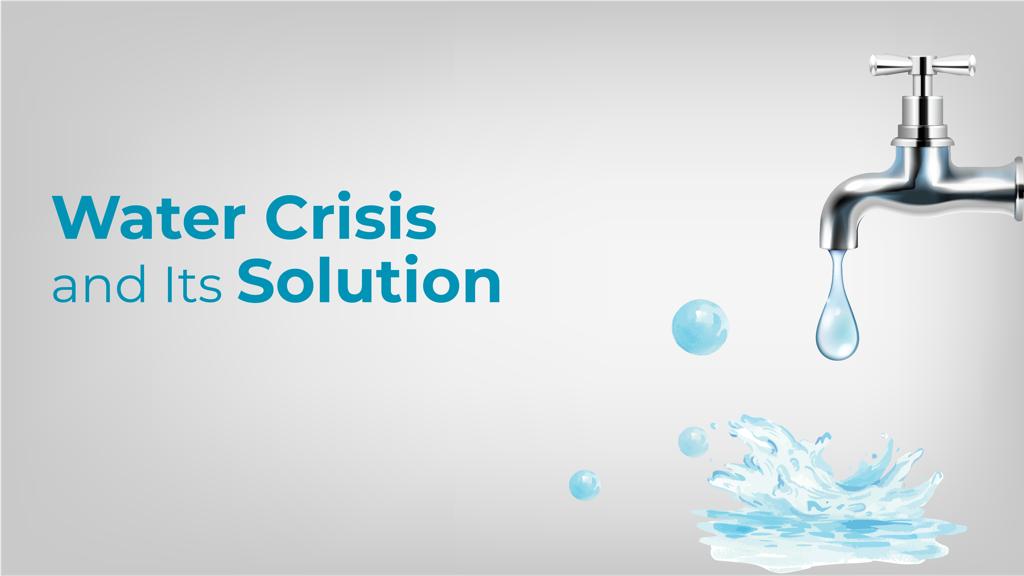Water Crisis and Its Solution
Water is our most valuable resource and it is used in every day’s life but it is a conventional resource. Every biological community on Earth depends on water for sanitation, cleanliness, and day by day survival. Yet the world’s water frameworks confront impressive dangers. In excess of a billion people as of now live in water-rare locales, and upwards of 3.5 billion could encounter water shortage by 2025.
In addition, more than 100 million people live in areas where water is in poor or polluted condition. Out of the 632 districts in India examined to determine the quality of ground water, only 59 districts had water safe enough to drink by BIS. Bagalkot in Karnataka has the most unsafe drinking water. With increasing industrialization and urbanization, more than 40% of India’s available surface water is being used every year. In the north western region, the breadbasket of India, about 80% of the surface water is being used. While the current situation looks quite grim, there is a possibility that it can gets worse. Water supply is expected to fall 50% below demand by 2030.
Many researchers and scientists proposed various methods to solve the water crisis problem. The problem of water crisis can be resolved by following manner:
- Transportation of water from another location
- Desalination of brackish water
- Generation of water from atmospheric air
The first method is very expensive and also depends upon the location of the requirement. The second method is better work where the brackish water is available but in some areas like arid regions this technology does not work due to unavailability of water.
Water production from atmospheric air is also a method to help the deficiency of fresh water. In every cubic meter water vapour is present. Water vapour density varies with geographical location, time and season. By volume water vapour is 4% of atmospheric gas mixture and by mass it is 3% of the air. There are many technologies to collect water from the atmosphere using solar energy.
In the end we have to focus on alternate solutions for water generation devices, especially for drinking purposes.
Author:
Dr Shobhit Srivastava, Assistant Professor at Maharishi School of Engineering & Technology, MUIT Lucknow.




Comments
Post a Comment